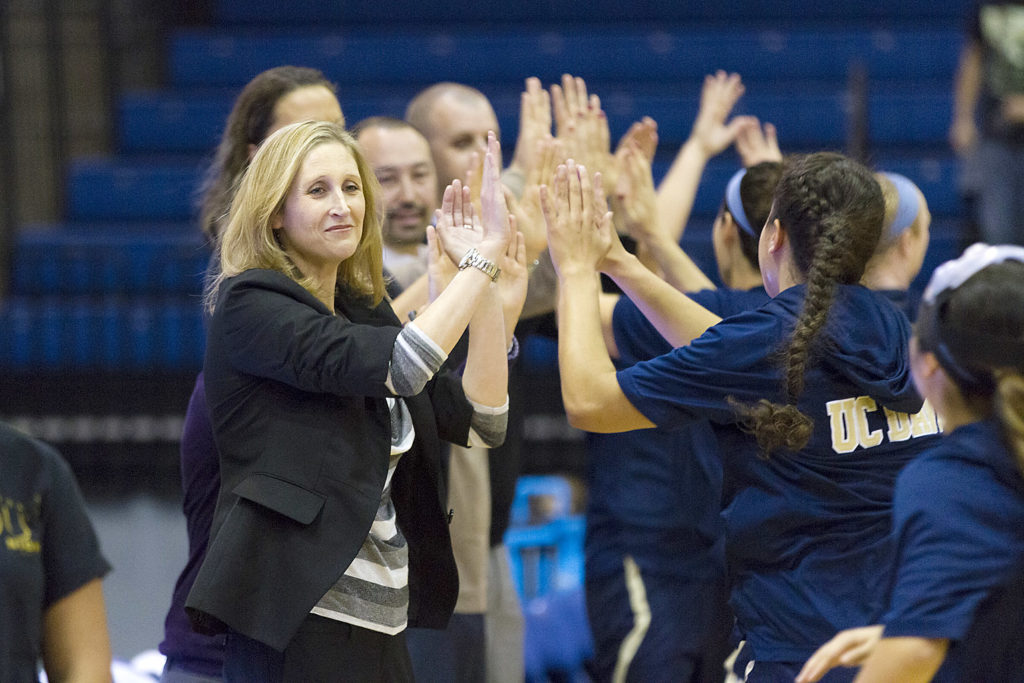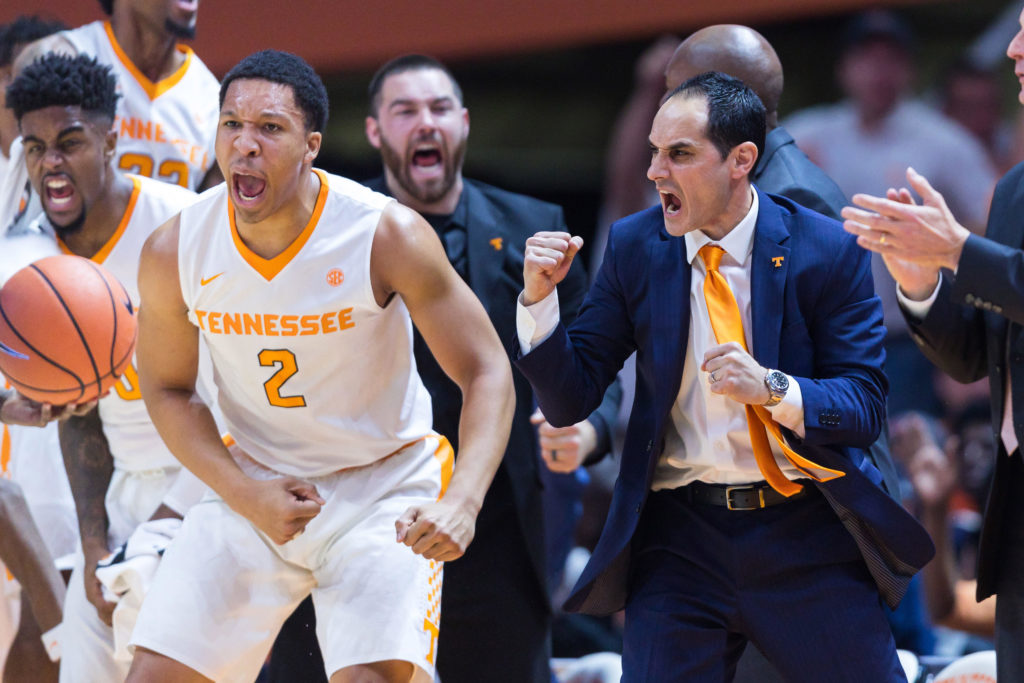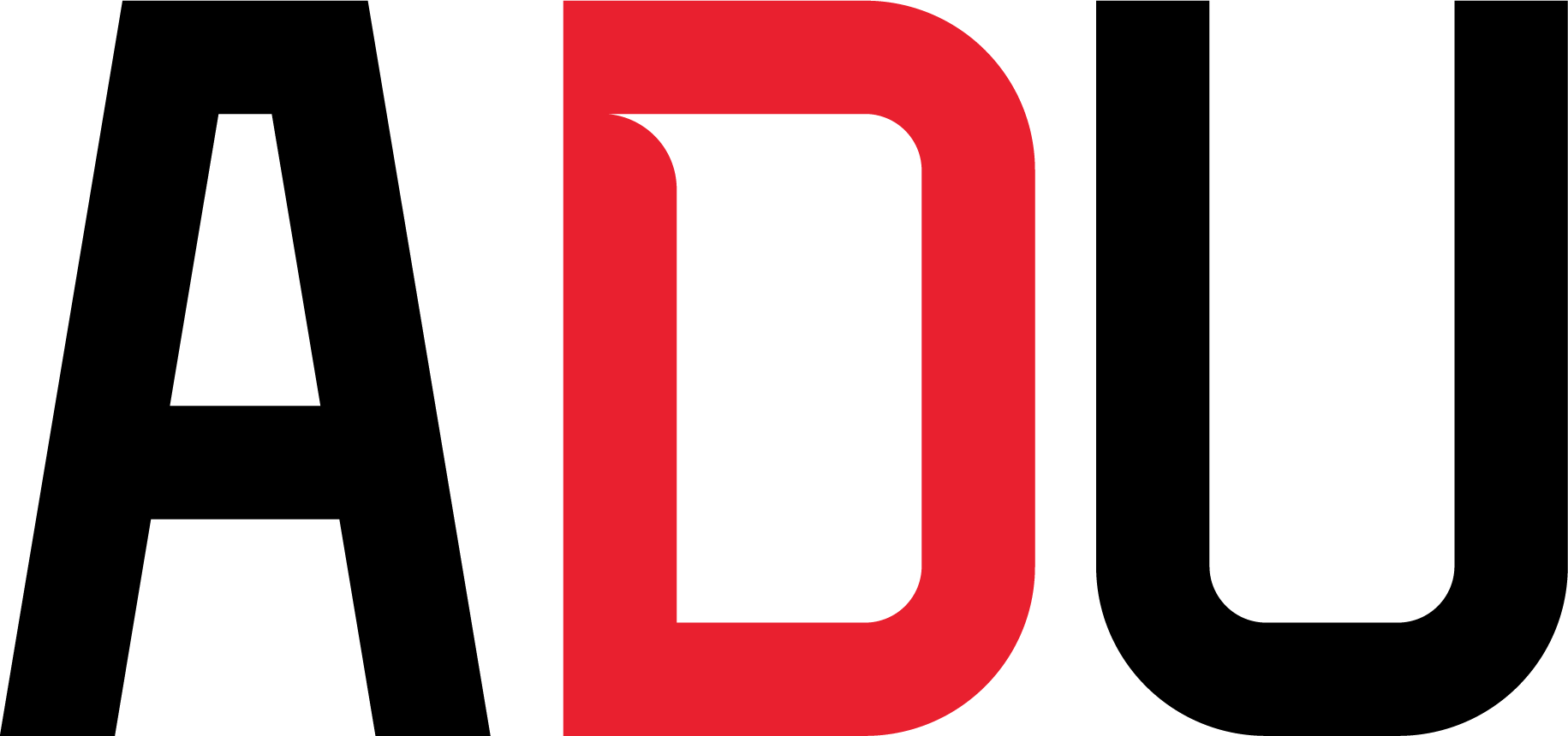With college basketball season in the heart of conference play, and programs asserting themselves as the nations best, or fighting to build a postseason worthy resume, AthleticDirectorU sits down with administrators and coaches to gain prospective from each level of the game.
With Gonzaga’s consistent success in basketball, this year included, how have you leveraged the exposure the program generates to elevate the conference as a whole?
Gloria Nevarez (Commissioner – West Coast Conference): What Gonzaga has achieved as a program is very special, not just in the context of basketball but college athletics as a whole. Very few teams have been so consistently good for so long, and as a conference, we appreciate the privileges and attention that brings to us. When we renegotiated our television deal last year, the Zags allowed us to garner both more exposure and higher rights fees than conferences of a similar makeup. While some on the outside may perceive that much of the attention goes to them, we work hard to leverage that attention to benefit the league brand as whole. A rising tide lifts all ships, and there’s no question that the WCC is better off across the board because of their success.
Many questioned the direction of the men’s basketball program after the team fell short of expectations last season. What gave you confidence that the team was in fact headed in the right direction, and perhaps even primed to achieve something truly special, this season?
John David Wicker (Athletics Director – San Diego State): When it came down to replacing Steve Fisher – one of the greatest basketball coaches of all time – it wasn’t that difficult of a decision. There was no question that Brian (Dutcher) was going to be the one to lead our program into the future. Brian had worked in lockstep with Steve for years, and was one of the architects of all the success we had over the last previous decades.
Last year, while we didn’t make the postseason, we still won 20 games. There were plenty of voices who questioned whether Brian was the right guy, and assumed that going when you go from being the lead assistant to becoming a head coach, the transition should be seamless, but that’s far from how things work in reality. Until you’ve been in a position to make difficult decisions that rest squarely on your shoulders, you need the opportunity to experience those challenging moments. New coaches need time.
I never once doubted Brian and the process he was undertaking. I understood we had a young roster. My focus was evaluating how he looked each month, how he focused on the long-term health and sustainability of the program rather than the immediate term. It was always clear we were headed in the right direction.

While every program hopes to immediately reload after losing key talent from their roster, sometimes they have no choice but to rebuild. How have you balanced ensuring maximum competitiveness this season while making decisions that are in the best interest of the program long-term?
Jennifer Gross (Head Coach – UC Davis): The ability to maintain consistency in our culture and build strong relationships with our players are two important things that have helped us sustain a successful program from year to year. We shape our culture every day by the example we set for how we treat people and how we take on challenges. As players mature within our program they begin to own the way that we do things. There are clear expectations for how we communicate, how we work, how we prepare, and how we deal with adversity. We believe that when we stay committed to building culture in our program, it creates a foundation for competitiveness regardless of what the roster may look like from season to season.
Yet culture is just a word if it’s not supported by sincere intentions and genuine care for those within your organization. That’s why we put such an emphasis on building strong personal relationships with our student-athletes. You have to make sure your players know you’re behind them regardless of what happens from game to game, and that you are invested in their success and have a plan to get them there. When you know what’s driving your players, and leverage that knowledge to help them achieve their goals, it becomes much easier to get them to buy-in on everything else you need them to do in order to win.
Michael Schwartz (Associate HC – Tennessee): In college basketball, a great program usually results in a competitive, winning team. But looks can be deceiving, and a competitive team is not always an indicator of a healthy and sustainable program. The key difference is that great programs have both a strong culture, as well as a long-term plan that handles roster attrition that happens as a result of both success and the normalcy of senior graduation. In a situation like ours, where we lost four players to the NBA, the onus is on us to ensure that we recruit and develop our student-athletes in ways that allow balance at each level of the program.
Th game of college basketball and the success of an individual season are not about figuring out ways of fitting a square peg into a round hole. Long-term results rely on the willingness to adjust and adapt, and a coaching staff’s ability to maximize the current situation within the framework of the higher standards of the program. What is done on the court offensively and defensively may be adjusted based on personnel, but the foundational principles and core work ethic of the program can never waiver, regardless of roster make-up.

Many would argue that the WCC hasn’t done enough to help create more parity when it comes to basketball throughout the league. Do you believe there’s truth to that?
Nevarez: It’s easy to forget how consistently the WCC has been a multiple-bid league. A strong Zags team creates a positive effect on the leagues NET/RPI rankings, helping strengthen the schedule of the entire league, whether you win or lose against them. St. Mary’s and BYU have been consistent NCAA tournament teams, and are in solid position to make it to the Dance again this year. Other programs in league – notably Santa Clara and San Francisco – have committed to funneling resources into their program, and are beginning to reap the benefits. Indeed, 7 of the 10 teams in the league are in strong position to be invited to a postseason tournament… not sure there are many other leagues of our size who can make the same claim.
How does your leadership team leverage the exposure generated by the success of this year’s men’s program to help elevate your other sports programs and the department as a whole?
Wicker: It shouldn’t come as a surprise that winning generates excitement, and thus interest. We went into the season with more seating inventory available then we’ve previously had in the last 7 or 8 years, and now we’re expecting to sell out every single one of our remaining home games. With the success of the basketball program, combined with the Mission Valley campus/stadium project, we’ve had to figure out how to marry those two together to take as much advantage of the eyeballs and recognition. Being in the far southwest corner of the US, it’s sometimes challenging to get people to pay attention. We’re trying to leverage the positive momentum to ensure our brand continues to grow far beyond the state and region.
We want all of our student-athletes to have a similar experience. But as with most schools, it will always be a challenge with men’s basketball and football getting more attention and thus exposure. We do our best to market our programs equally, to bring the community to our games. But our approach isn’t any different when it comes to marketing basketball over volleyball or any other sport. The resources our basketball program generates will be used to elevate exposure for all our programs.
As you make your way into the heart of conference play and push towards a postseason berth, does your coaching and overall program management strategy change from earlier in the season?
Gross: Overall, our approach doesn’t change that much. The core of our culture and relationships stay the same. The non-conference is a great opportunity to evaluate what things are going to work and what’s not (e.g. lineups, offensive schemes, etc.) As you get into conference play and later into the season, you begin to understand what teams are going to be your biggest challenge for the league title and the conference tournament, and so you can start focusing on developing and reinforcing the skills you’ll need to beat them.
The one element of strategy that changes is being aware of the mileage on the players as the season goes on. Our staff strongly believes that, “if players feel well, they will play well”. That’s where the personal relationships come into play – you need to get honest answers and feedback from your student-athletes so you can assess their physical and mental health as the season goes on. We have to know when we can push our student-athletes or when we need to back off and help them reboot.
Schwartz: We do not substantially change our overall coaching and management strategy during the season. We’ve worked tirelessly to develop a very clear and decisive “system” on both sides of the ball that brings a level of consistency, which in-turn breeds confidence and clarity for the student-athletes and staff. Equally as important is our strong culture and understanding of what the “identity of the program” is beyond any one version of the team in a given season.
Who are we? What do we stand for? What is the standard of our program? Every single one of our players and staff members knows the answer to these questions.
The combination of these two key factors – System and Culture – are the best formula for “over-achieving” in a season where either outside expectations may be less than the norm, or when injuries may require younger players to play bigger roles. That’s also all the more reason why we don’t pivot and change direction as the season goes on; if either our system or culture were to waiver in combination with the added pressures of conference and postseason play, the risk of disorganization increases exponentially.
As a commissioner, what’s your responsibility when it comes to the coaches your member institution chooses to hire? Should conference offices be more involved in developing their head coaches?
Nevarez: The WCC is unique in that all of our institutions are very closely aligned in terms of values and commitment to a broader calling and purpose. That being said, each of our schools has their own uniqueness too, and the type of coach that may fit well at one school may be different than at another. While it’s never the place of a commissioner to tell an AD what coach they should hire, it is the job of the conference office to do the best we can to make sure our institutions have every resource available to make the best decisions when it comes to identifying, recruiting and developing talent within their athletic departments.

One of the most difficult aspects of maintaining a high performing organization over the long-run is continuity of leadership. How do you ensure that your head coaches want to continue to lead your program far into the future, while also preparing for the inevitable day when you will have to appoint their successor?
Wicker: Continuity is the most important aspect of creating sustained success in any organization. One of the reasons why the programs at SDSU have been able to maintain their performance over the long-term has been because of the university and athletics program to invest into our program and staff. I’m a product of that. Coach Dutcher is a product, and so are many others working within our program. As Brian said when he took the reigns as head coach, “I don’t have to establish the culture, because I helped build the culture.”
We run our department as a family. We’re all in one building, there is no decentralization. We have an incredible sense of community and connectedness that few programs can match. We also evaluate all of our employees holistically, with wins and losses just being one factor of many in their performance. It’s more important for me to know that coaches are recruiting upstanding young men and women, who will be valued members of the San Diego community, than sacrificing character for wins.

Many say that coaching the ‘Gen Z’ student-athlete requires a different approach than generations past. Do you agree with that sentiment? In general, do you have to take different approaches to motivating your student-athletes and keeping them focused as at the season goes on?
Gross: The reality is we’re coaching 14 different student-athletes this season, and each one of them has different personalities, tendencies and motivations. It’s our job as coaches to truly get to know our student-athletes on a personal level and then determine how to create a program and a system that allows us to get the most out of them individually and collectively.
While in the past coaches may have used more ‘aggressive’ methods to coach and develop their players, today’s student-athlete thrives much more on positive and inspirational coaching. Ultimately you have to get your players to buy into what you’re trying to accomplish, and putting together the pieces of the puzzle is part of that. If my players know “my coaches want the best for me” and I’ve developed a relationship with them that reinforces that, then hopefully they are going do their best when we need it most.
Schwartz: While there is little doubt that today’s student-athlete has been coached differently prior to stepping on a college campus than past generations, it doesn’t mean that our approach to coaching and motivation needs to be altered or abandoned. That being said, we as coaches must be consciously aware that methods, systems, and techniques we’re exposing our student-athletes to may be completely foreign to a majority of them, and that in turns requires us to have an increased amount of patience and awareness throughout the process.
For example, expectations for preparation or film study cannot be decreased because it is assumed that “Gen Z” has a shorter attention span. If we take that approach, then we will be cheating our student-athletes in doing our most important job – preparing them for life outside the confines of the basketball court or college campus. It is absolutely mandatory for coaches to be aware of what new trends may be affecting their student-athletes on a daily basis, as well as their overall mental health, and then be adaptive in our approaches to shaping them as players and young-adults.
In the end, genuine and sincere relationships with your student-athletes, and the ability to communicate honestly and clearly is the key to getting though any generational differences. It doesn’t matter what generation you are; if you know and believe that the people working with you have a sincere interest in helping you achieve your goals, you’re going to respond positively to their advice and guidance.


